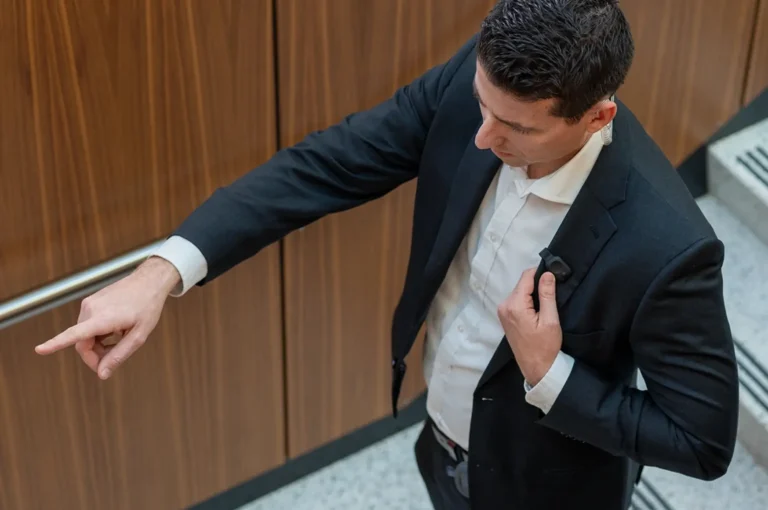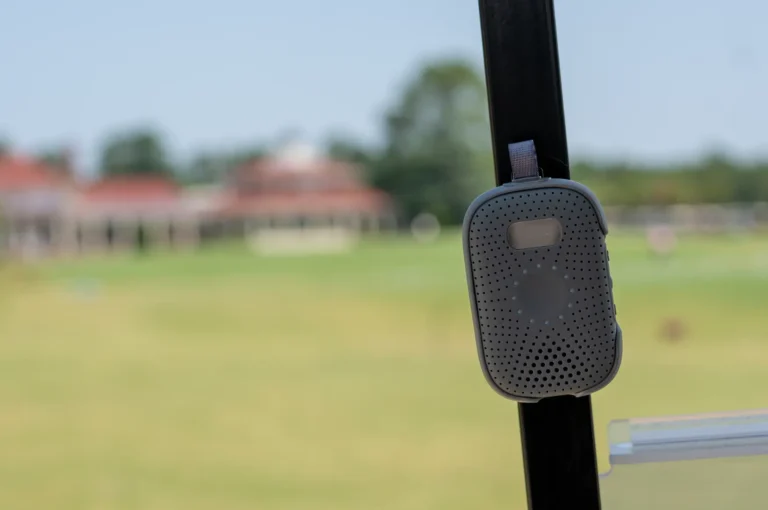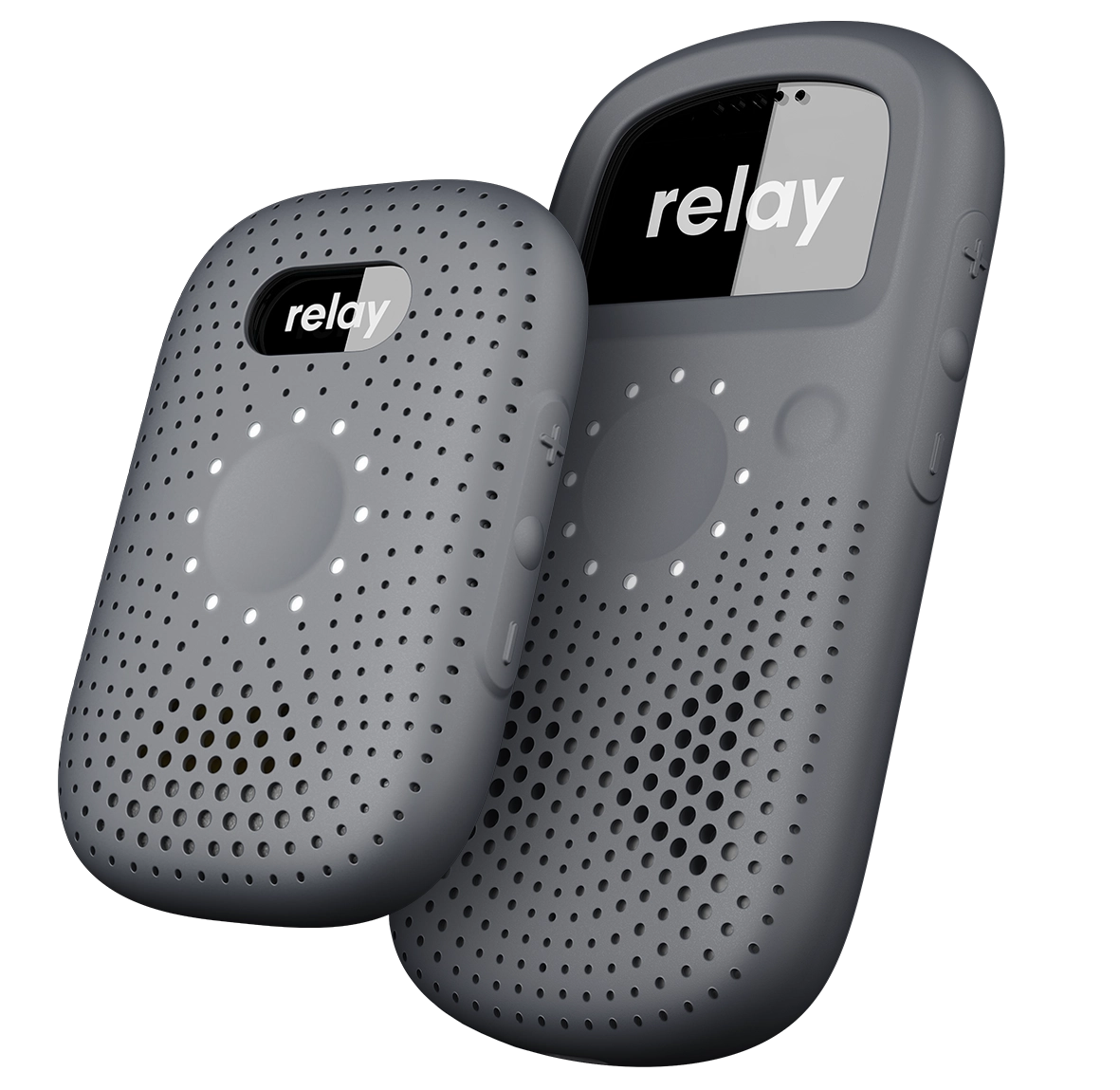Most hotels pride themselves on providing unique amenities and services. After all, if you aren’t giving guests something memorable, why would they give you a positive rating or keep coming back?
When trying to figure out what’s next in your panic button plan, take a page from what you already do best.
Have the executive team test out your panic buttons
Before you even consider training your staff to use panic buttons, make sure that you and the executive team are well versed with not only the protocol but usage. That goes for every single person on the executive level and not just front-facing staff members. Here’s why.
To instill a new level of comfort and safety in your staff and guests, you have to clearly understand what’s involved. Simply saying that things are better or safer won’t work, you have to know firsthand how and why having panic buttons available will improve the safety of all employees.
At Relay, we’re proud that our devices connect workers and empower them through the use of a panic button and a completely connected cellular network. Contact us to find out how to empower your staff through connectivity with a device that alerts anyone to potential danger.
Integrate training with existing protocol
When training your staff with panic buttons, a good rule of thumb is not to drastically veer from existing protocol. If your team meetings are generally informal, keep to that overall mood, since you don’t want to scare off staffers from using their new panic buttons. If you have a very formal way of doing things, keep to that in panic button training as well. The last thing you want is to seem to be saying that panic buttons are something that will disrupt service or the way people work.
So should your panic button training be one-on-one, video, or group training?
The answer is all of the above.
Despite being easy to use and set up, panic buttons are a serious addition to the way you work. And while we advised you to keep to the general mood of your corporation when training, you should make room for panic button training. And you should do it in stages.
- Inform staff of panic buttons being implemented.
This is the part where you send out an email and give employees a handout so they know what’s coming. Wording should explain the need for panic buttons due to state legislation. The last thing you want to do is scare people, so try to offer comforting and reassuring language. If you notice staffers whispering in groups about the new panic buttons, try to find a way to further reassure them.This is also the time you schedule a group meeting of all staffers. Be prepared for lots of questions. Offer snacks or incentives or anything that keeps people happy and open for more information. Consider hiring a speaker or trainer to go through all the new regulations and explaining why this is happening now. If you’re able to, reassure your staff by bragging about safety statistics in your operation. Be open to any and all questions and answers from your team.Pay attention to the reactions and try to follow up with another email or note recapping the meeting and top takeaways. - Create small, manageable groups and include one-on-one training
No matter how successful you believe your initial meeting was, you should follow up with individual training. Some staffers may not have been paying attention during the first meeting. Still, others might be fearful of new technology but too embarrassed to speak up during your first go-round.Your goal is to make all front-facing staff realize that learning to use panic buttons is something that has been implemented for their safety and peace of mind.Consider pairing workers up as well with one role-playing the part of potential aggressor with the other simply using the panic button. In many instances, it’s empowering simply to hit that button during a test run and know help is on the way. - Create highly customized videos available only to staffers
While videos aren’t the ideal way to teach staffers to use their new panic buttons, it’s a nice way to remind people of the process. Consider opening with the GM giving a short intro. Another way to make your video more appealing is to hire actual employees to appear in the videos as well, to further maintain an air of normalcy about the process. Encourage staffers to review the videos at least monthly, and update as needed.If you sense that guests might want to know more about your panic button system, consider having a public-facing video that is available to guests. That one should be created with more of your resort’s branding and visuals.And one last thing, avoid anything trendy or cheesy, and that includes the background music you pick. Your goal isn’t to entertain staffers or guests, it’s to make them comfortable with panic buttons and your new safety plan.
Resources:
If you’re still in need of inspiration, these might help you understand how to craft your own videos:






